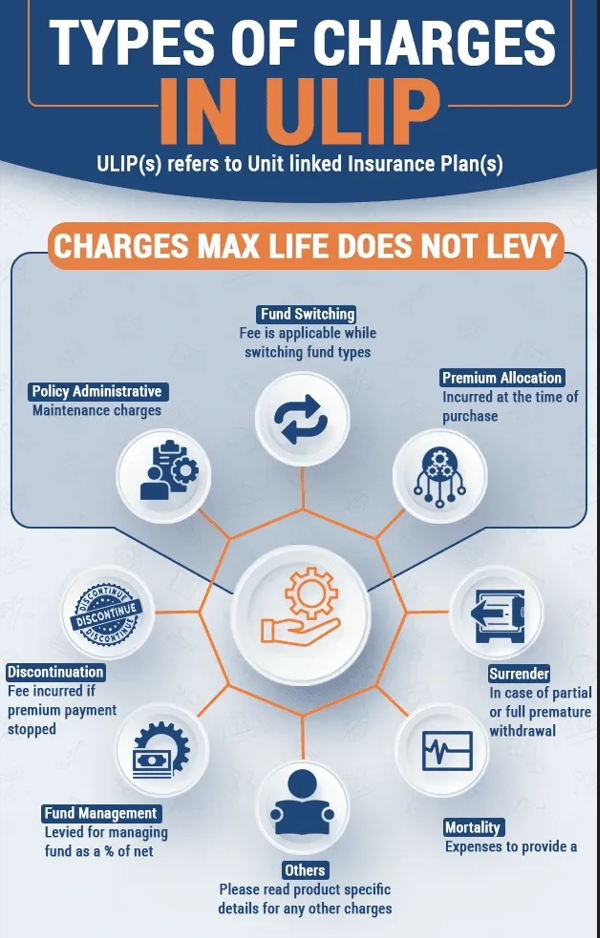by Mr. Ramesh
Nair, MD (West), JLL India
Investors will focus
more on transparency, governance & liquidity before investing. Given the
on-going challenges that the Indian real estate sector faces on these fronts,
even fewer development companies will be successful on the public equity
markets.
Contact:
Mr. Ramesh Nair
Managing Director - West India
+91 22 6620 7575
ramesh.nair@ap.jll.com
Ramesh Nair JLL India <ramesh.nair@ap.jll.com>
In 2013, the
availability of debt capital is likely to increase while the flow of equity
capital will remain more or / less stable. The bid-ask spreads will reduce,
increasing overall transaction volume even as additional cuts in CRR (Cash
Reserve Ratio) and repo rates will infuse more liquidity into the system.
Cross-border capital
will begin to make a gradual comeback in the coming year and cap rates for
office & retail properties are likely to descend to 10.5 per cent and 11.5
per cent from 11 per cent &
12 per cent respectively.
Focus
More On Transparency..!
 |
| Mr. Ramesh Nair, JLL India |
Nevertheless, PE
(private equity) deals volumes will increase, and there will be more M & A
(merger and acquisition) activity within
the PE industry. A number of vintage funds from 2007 -2008 will have to look at
exiting in 2013, some of them at low IRR’s. Given the overall uncertainties,
these funds would look at postponing their exits to 2014.
Insurance companies
will start investing directly in low risk, income producing office real estate.
Investment bidders per property will increase, this time around with lower
return expectations. Investment periods of funds will reduce from 5 years to 4
years.
Construction
Finance..!
In 2013, after a lull
of 2 years, banks are likely to start offering construction finance to
residential projects with approvals. They will also become marginally more
flexible on interest rates, collateral's, LTV’s (Loan to Values) & upfront
fees. Established funds will get back into the fund raising mode after a 3 year
hiatus.
As before, developers
with longer operating history such as Oberoi, Shobha & Prestige who have
managed growth effectively over the years & predictability of income will
find it easier to raise funds in 2013.
It is unlikely that
any major player will venture out nationally, with the accent for 2013
remaining firmly on local expansion. Also, we will see developers focusing more
on joint ventures with landlords rather than on buying land.
In 2013, we will see
most PE deals being structured to give the investor the first preference to
cash flows. Most real estate PE investments will be focused on Tier I cities.
Funds with a good track record that have a strategy to target a narrow asset
class within specific locations such as last mile funding for residential under
construction projects in Tier 1 cities and having strong delivery teams will be
able to raise funds more easily.
Regulatory
authorities will increase their scrutiny of private fund raising offerings
& closely monitor if the funds raised by the companies are being used for
stated objectives.
PE funds will raise
distressed real estate funds & get traction from bank NPA’s (Non Performing
Assets) and ARC’s ( Asset reconstruction companies). A number of new domestic real estate PE funds backed by
corporate entities are likely to be launched in 2013. Also, large family
offices will now begin creating dedicated real estate teams.
PE fund terms such as
waterfall structure, carried interest, general partner commitment and
management fees will change to address investor concerns such as governance,
transparency, reporting & operating controls post the global financial
crisis.
Limited partners will
scrutinize fund platforms lot more carefully before investing on the heels of
previous negative experiences with issues such as integrity of the general
partner and quality and sustainability of earnings.
Many more funds will
adopt a conservative cash flow driven investment approach & focus on
investing in income producing office assets, with an accent on asset
repositioning, refinancing & refurbishment.
New
Guidelines..!
We expect new
guidelines for non-banking HFCs to assist in pushing funding for the housing
sector in 2013. There will be more liquidity available in the housing finance
market as rules for raising external commercial borrowings will be relaxed for
HFCs (Housing Finance Companies), and with market regulator SEBI allowing debt
funds to invest an additional 10 per cent in HFCs. HFCs will also look at tapping
the QIP market to raise funds in 2013.
About the author..!
Mr. Ramesh Nair is
Managing Director (West) at Jones Lang
LaSalle India (JLL India)
Contact:
Mr. Ramesh Nair
Managing Director - West India
+91 22 6620 7575
ramesh.nair@ap.jll.com
Ramesh Nair JLL India <ramesh.nair@ap.jll.com>
Src: Jones Lang
LaSalle India Real Estate Compass
































I appreciate you sharing this blog.Thanks for sharing
ReplyDeleteThis is one of your best blog....
Real estate companies in Lucknow
Good post but I was wondering if you could write a litte more on this subject? I’d be very thankful if you could elaborate a little bit further. Appreciate it! 借錢
ReplyDelete